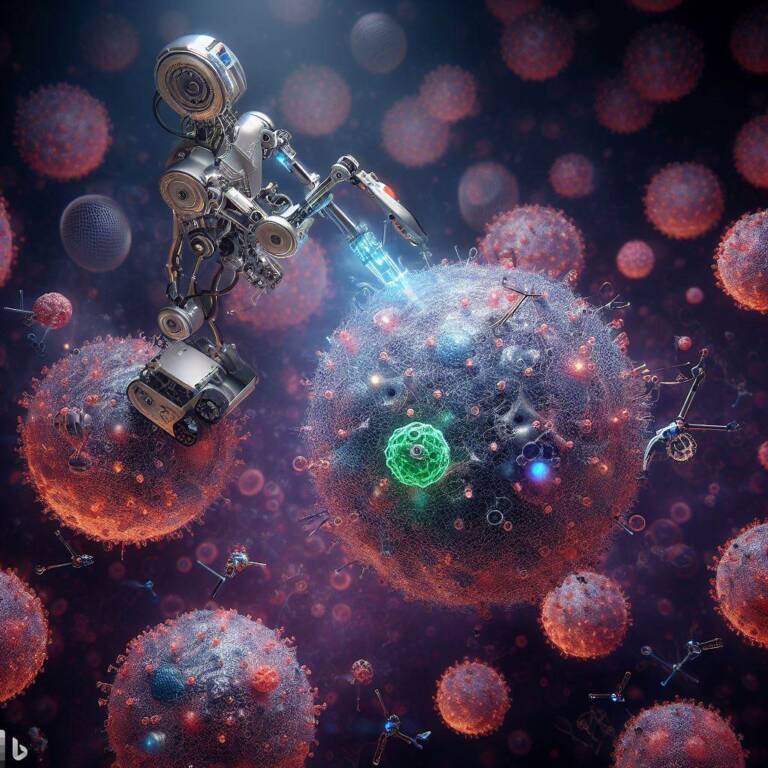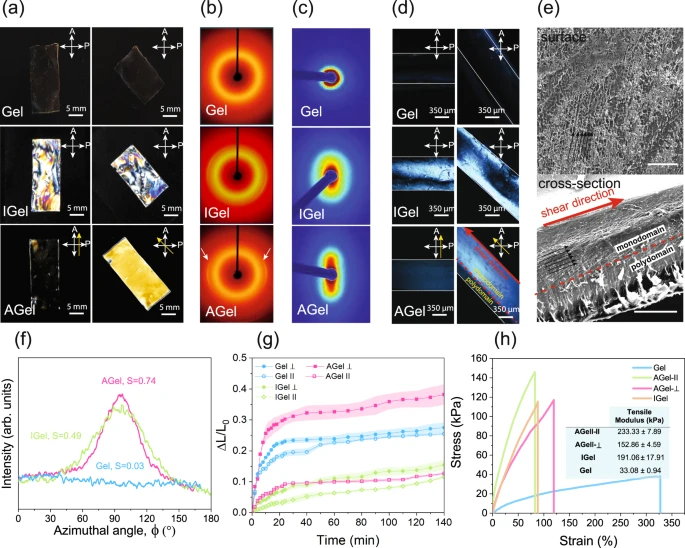Nanogel microrobots: a new frontier for diagnostics and pharmacology

Do you remember the films "A Hallucinatory Journey" or "Leap into the Dark", both based on a novel by Isaac Asimov, in which you traveled miniaturized in the human body? This is not possible, but instead we can send micro robots based on cellulose nanocells and gelatinous hydrogen compounds that can be used for diagnostic and therapeutic purposes, to the point of bringing medicines to the cellular level.
According to Nature, hydrogels can be programmed ex ante to respond to external stimuli by modifying their structure and adapting. Therefore, once introduced into the environment in which they must operate, even into the human body, they can perform some functions such as the transport of medicines or a morphological change that can be felt externally. Therefore, in addition to purposes in medicine, they can perform functions in other sectors.
The Nature example reports the synthesis of pH-sensitive hydrogel nanocomposites with the possibility of modifying their microstructure in a predetermined way, with shape transformation and self-repair. Hydrogel nanocomposites are largely composed of zwitterionic monomers and asymmetric cellulose nanocrystals.
Due to the self-healing properties, we used a cut-and-paste approach to program reversible and complex deformation in hydrogels. So the team, as a test run, used the nanogel to transport specific molecules within leads to predetermined targets that, one day, could be drug molecules to be delivered directly to specific cells in the body.
Obviously the researchers' interest was in the possible cytotoxicity, i.e. toxicity at the cellular level, and the antifouling properties of the hydrogel nanocomposite. They found that the hydrogel nanocomposite is highly cytocompatible, making it suitable for biomedical applications.
Future uses
Overall, the study demonstrates the potential of hydrogel nanocomposite for the development of adaptive and reconfigurable biomimetic soft robots. Potential applications of the hydrogel nanocomposite are:
- Applications of biomedical robotics
- Soft grippers and actuators Miniature robots for confined environments
- Drug delivery systems
- Tissue engineering
Limitations of the hydrogel nanocomposite
Obviously this tool still needs to be refined and not immediately ready for practical use. The hydrogel nanocomposite is currently triggered by extreme pH values. For practical applications it would be necessary to develop hydrogels that can be activated by milder pH values and compatible with human physiology. Furthermore , the long-term durability and degradability of the hydrogel nanocomposite need to be further studied. The hydrogel nanocomposite needs to be integrated with other functions, such as sensing and control, for more advanced applications.
Despite these limitations, hydrogel nanocomposite is a promising new material with the potential to revolutionize the field of soft robotics.

Thanks to our Telegram channel you can stay updated on the publication of new Economic Scenarios articles.
The article Microrobots in nanogel: a new frontier for diagnostics and pharmacology comes from Scenari Economici .
This is a machine translation of a post published on Scenari Economici at the URL https://scenarieconomici.it/microrobot-in-nanogel-una-nuova-frontiera-per-la-diagnostica-e-la-farmacologia/ on Wed, 25 Oct 2023 10:00:47 +0000.

